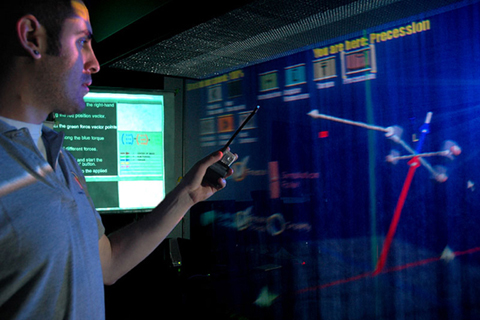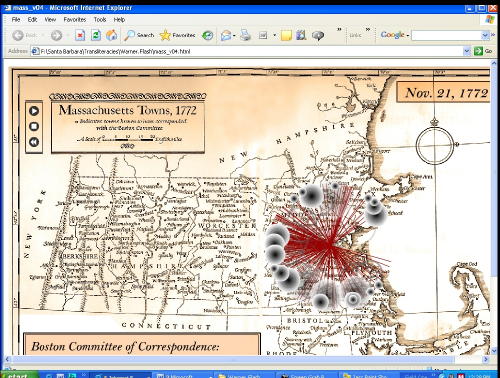Considers the implications of Marey’s graphic method as a part of the greater discourse of signification and writing systems.
“The discourse of graph may be considered to be a micro-discourse, a series of signifying practices that loosely–perhaps even unconsciously–organizes meaning not from the standpoint of a unifying discourse such as science or theology that organizes knowledge from the outside in but rather signifies a particular episteme from the inside out. The word and suffix graph appears in the names of many new technologies in the middle and late nineteenth century: photography, cinematography, cardiography, phonautograph, graphophone, heliography, telegraphy, ideograph, phonograph, seismograph, myography, etc. ...Marey’s graphic method modernized the study of physiology by helping to displace quasi-mystical theories of vitalism with a positivistic understanding of the human body. As writing, the indexical traces produced by means of the graphic method evidence a radical cultural transformation of the status of writing from transcendent signifying practice to the machinic writing of life based not upon a higher power but rather the movements of the body as machine. The graphic method takes part in a larger cultural and epistemic project of the scientific secularization of writing and inscription.” (From James J. Hodge’s Research Report.)
Starter Links and References:
Marta Braun’s. Picturing Time: The Work of Etienne-Jules Marey (1830-1904) (Chicago: University of Chicago Press, 1992) | François Dagognet’s Etienne-Jules Marey: A Passion for the Trace (1987), trans. Robert Galeta with Jeanine Herman (New York: Zone Books, 1992).
 Transliteracies Research Report By James J. Hodge
Transliteracies Research Report By James J. Hodge



